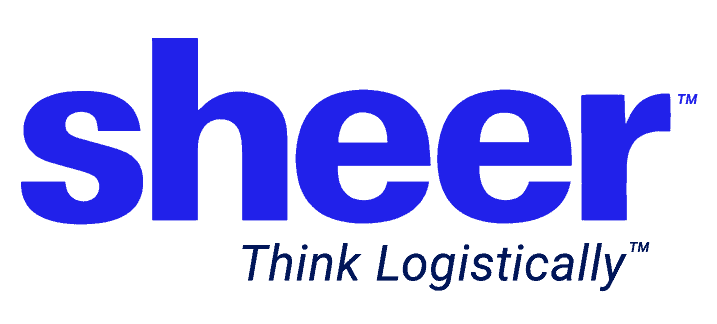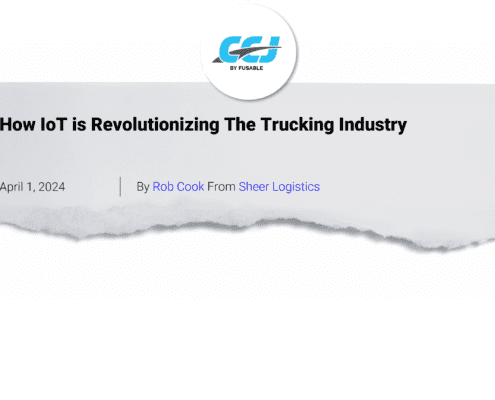
Creating a Predictive Supply Chain for Your Business is Easier Than You Think
It may seem like successful supply chain planning requires some kind of psychic ability—how can you know exactly what is going to happen to a shipment once it leaves the loading dock? Psychic abilities aside, it’s more realistic to use data and predictive analytics to gain an understanding of the future.
All supply chains consist of several moving parts. A delay of a few minutes in one step can drive higher costs and delays down the chain. While most businesses lack a platoon of data analysts dedicated to optimizing every link of every supply chain, 3PL providers like Sheer Logistics provide automated transportation management tools and years of supply chain experience to help businesses of all sizes and industries harness the power of data and use it to their advantage.
The forecasting methods that will meet your needs and your budget depend on the size of your business, the products you sell, and how long you’ve been in business.
This blog will take a look at the state of predictive analytics and how they’re used in the logistics industry. It will describe the major challenges of forecasting in supply chain management and how a business like Sheer Logistics uses data to help clients create a predictive supply chain.
Quantitative vs. Qualitative Forecasting Methods
There are two types of data used in supply chain forecasting methods, and both types provide valuable insight into how a supply chain functions—or doesn’t.
Quantitative forecasting is based on the assumption that the future will largely mimic the past. It involves the use of formulas to calculate a predetermined forecasting measurement and produces numbers that can be held up against corresponding numbers to indicate trends.
Qualitative forecasting data is often used for new product lines or when a business first launches because historical data doesn’t exist yet. Common types of qualitative data include surveys and interviews, industry benchmarks, competitive analyses, and other descriptive data that tell a story.
The State of Predictive Analytics in the Logistics Industry
Any company that produces and ships can benefit from predictive analytics. From getting products to consumers faster to providing real-time information, modern tools are how businesses are working through higher shipping costs, risk management and other logistics issues. Here are ways that technology and predictive analytics can improve operations.
Optimize Warehousing Costs
Unless you produce and ship a single product, not everything you sell will have an identical sell cycle. Understanding the popularity of each of your products gives you the opportunity to optimize your warehouse and know how much it costs to store products. High-demand products will be ordered frequently and should be stored in a place that is easy to reach. On the other hand, products that will be less popular in the upcoming period will not be ordered a lot and can be placed in the back of your warehouse. Also, knowing the approximate demand for each product allows you to manage your inventory well. This prevents over- or understocking. These kinds of subtle inventory management changes have a huge impact over time.
Understand Your Customers
Not all customers are created equal either. Knowing the differences and preferences of your customer base gives you more time to optimize how you deliver products to them. A CRM or transportation management system that records customer data allows you to make better decisions about outsourcing orders to other parties. Having an accurate view of the resources, you require in the near future also allows you to make better human resource schedules. If peaks in your workload are known beforehand, you can choose to have fewer people on standby. This reduces your personal costs and provides your employees with a more predictable work environment.
Better Visibility
Modern tools, including the Internet of Things and visual, real-time shipping trackers, allow shining managers to respond to changing situations. Route optimization allows logistics and supply chain managers the ability to lower fuel and driver costs through shorter trips.
Better Forecasting
Using predictive analytics and forecasting models, anyone can prepare weeks or even months in advance to plan inventory and shipments based on customer demand and buying behavior. This ensures less waste and more on-time deliveries. By using predictive solutions to generate supply and demand forecasts, companies will be able to make the right operational decisions in a proactive manner. This approach can also allow for the rebalancing of assets across any logistic network at a minimal cost.
Sheer Provides Instant Access to Information and Insights
The challenges of forecasting in supply chain management are many, but fortunately, there are 3PL providers like Sheer that can use predictive analytics to your advantage. We’re the perfect partner for businesses that want to make the most out of their data and build a flexible, resilient, predictive supply chain. Our transportation management solutions double as analytical tools that allow our clients to better manage their supply chains, regardless of how complicated or distant they are. Our solutions go way beyond traditional fulfillment services.
Through logical, insightful, and easy-to-use reporting from accurate data, you can make better-informed decisions, expand logically, and accomplish important business goals. We deliver the big data and business intelligence solutions you need to make better informed strategic decisions.





